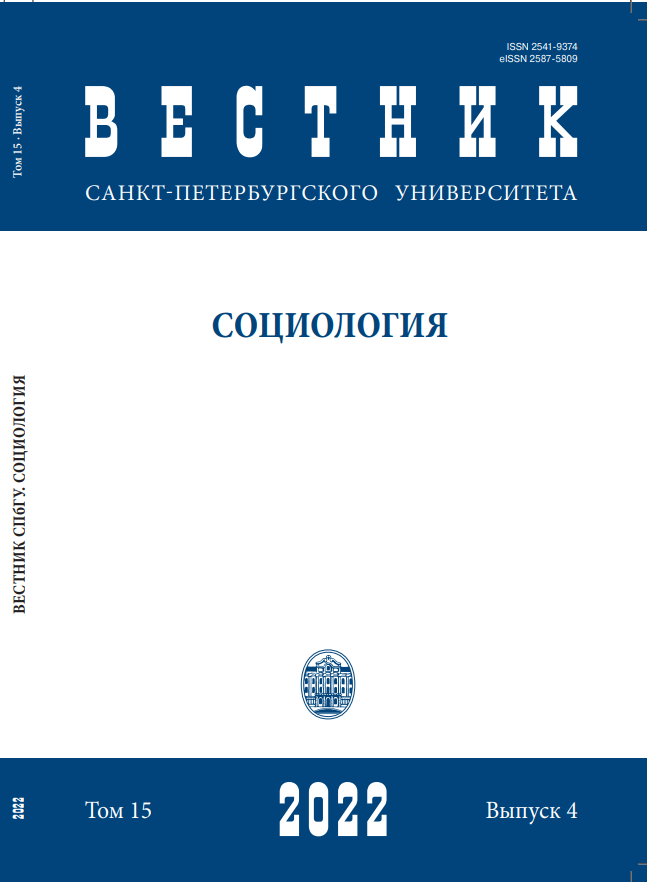Patient narratives from COVID-19 wards in social media
DOI:
https://doi.org/10.21638/spbu12.2022.405Abstract
This article presents the results of an empirical study of the narrative “reports” of patients from СOVID wards, conducted by them in different waves of the pandemic (2020-2021) on social media. The subject of the analysis is the motives for conducting these reports and the typology of patients’ narratives posted on the social network. The analysis was based on the idea of a “digital sickness style” (the combination of the patient’s “sickness role”, family and professional roles and the narrative of illness and treatment while in hospital thanks to the mobile Internet) and the theory of patient storytelling developed by representatives of the “narrative turn” in medical social research. Qualitative analysis of posts (texts and photos) through a netnography optic also took into account the network communication pragmatics, commentators’ reactions to the posts of narrators, affecting the pace and content of patients’ postings. The study identified three motives for online posting by COVID ward patients - to be a source of reliable, first-hand ethnographic knowledge about what is happening in hospital wards, to reassure their online audience, and to gain emotional and informational support from them. The study also identified three types of narratives posted by patients - the “restitution narrative”, “quest narrative”, “angry narrative”. As additional findings, the article offers observations on the differences in the online narratives of СOVID and non-СOVID patients, as well as a number of other constitutive effects of health narrative exchange on the Internet.
Keywords:
patients' narratives, social media, COVID-19 pandemic, care, netnography
Downloads
References
Downloads
Published
How to Cite
Issue
Section
License
Articles of "Vestnik of Saint Petersburg University. Sociology" are open access distributed under the terms of the License Agreement with Saint Petersburg State University, which permits to the authors unrestricted distribution and self-archiving free of charge.




